
hotline:
17715390137
Tel/Wechat:
18101240246 (Technology)
0512-68565571
Email:mxenes@163.com (Sales Engineer)bkxc.bonnie@gmail.com
Scan the code to follow or search the official account on WeChat:
2D Materials Fronrier After paying attention,
click on the lower right corner to contact us,
Enter enterprise WeChat.
Professional Services Online

Today, lithium-ion batteries are the mainstream of rechargeable energy storage devices, but even if their energy density is close to the theoretical value (≈400 Wh kg−1), they are still not enough to meet the increasing demand. Since the theoretical specific capacities of sulfur cathode and lithium anode are 1675 and 3860 mAh g-1, respectively, the theoretical energy density of lithium-sulfur (Li-S) batteries is as high as 2567 Wh kg-1, which is approximately 6 times that of traditional graphite lithium-ion batteries. Therefore, Li-S batteries are one of the most promising next-generation energy storage devices. However, the practical application of Li-S batteries is hindered by the following problems: 1) The shuttle effect of the soluble intermediate long-chain polysulfide Li2Sn (4≤n≤8) (LiPSs) leads to serious capacity degradation and shortened cycle life; 2) The insulation between sulfur and Li2S leads to insufficient sulfur utilization and poor rate performance; 3) S/Li2S has a large volume change (80%), which may cause damage to the electrode structure; 4) Lithium dendrites generated on the lithium negative electrode during charging and discharging may Causes the battery to short circuit.
Two-dimensional transition metal carbide/nitride (MXenes) is a new type of two-dimensional material, usually prepared by selective etching of the "A" layer in the stacked MAX phase (Mn+1AXn, n=1–4), where "M" represents early transition metals, such as Ti, V, Zr, and Nb, "A" represents IIIA or IVA elements (such as Al, Ga, Si, etc.), and "X" corresponds to carbon and/or nitrogen. At present, MXenes has shown very promising applications in realizing high-performance Li-S batteries. The metal conductivity of MXenes provides rapid electron transfer to promote full utilization of sulfur, thereby ensuring the high capacity of Li-S batteries. The terminal on the surface of MXenes can form a strong metal-S bond, which exhibits a strong adsorption effect on LiPSs, thereby inhibiting the shuttle effect. MXenes with abundant ends can effectively catalyze the conversion between LiPSs and Li2S, thereby promoting the redox kinetics during the cycle. MXenes can also induce uniform nucleation and growth of lithium to inhibit lithium dendrites. The structural diversity of MXenes provides huge opportunities for loading large amounts of sulfur or lithium and adapting to volume expansion. Therefore, MXenes has an attractive prospect in the improvement of Li-S battery performance.
Here, Professor Bin Xu and Associate Professor Qizhen Zhu from Beijing University of Chemical Technology reviewed the latest developments, achievements and challenges faced by MXenes in Li-S batteries. First introduced the challenges faced by Li-S batteries and traditional solutions, and then discussed the advantages and related mechanisms of MXenes in Li-S batteries. The application progress of MXenes in Li-S batteries is discussed in detail, including sulfur cathode, interlayer between cathode and separator, and lithium anode. Finally, the current challenges of MXenes and their application prospects in Li-S batteries are introduced.
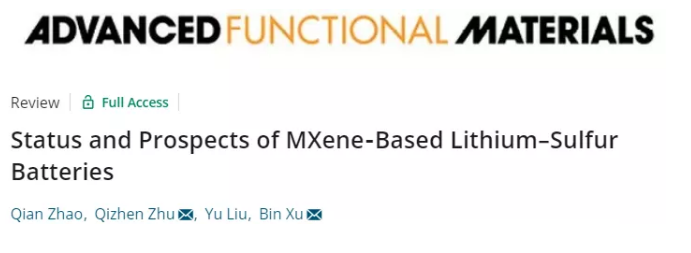
Article highlights:
1. The latest progress and research results of MXene-based Li-S batteries are reviewed.
2. The structure construction, chemical modification and hybridization of MXenes with other materials are shown.
3. The enhancement effect of MXenes and MXene-based composite materials on electrochemical performance and related mechanisms are discussed.
4. The challenges and prospects of MXenes used in Li-S batteries are introduced.
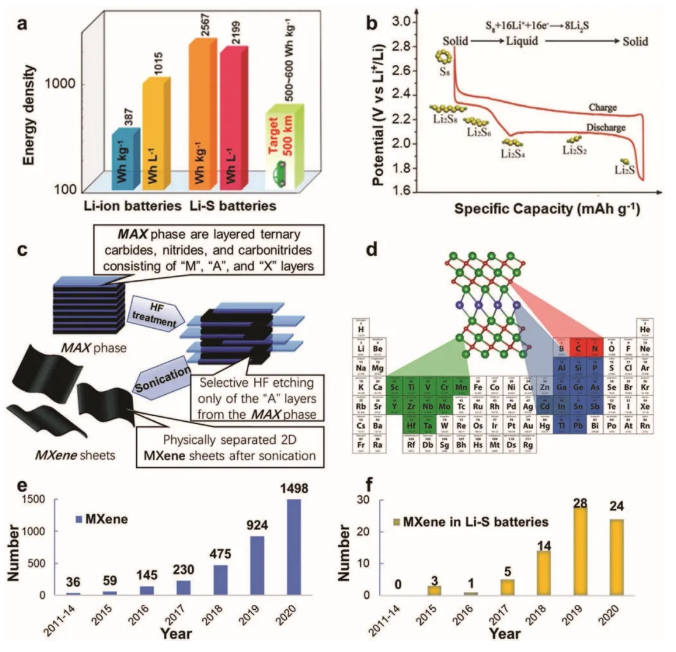
Figure 1 Introduction of Li-S battery and MXenes
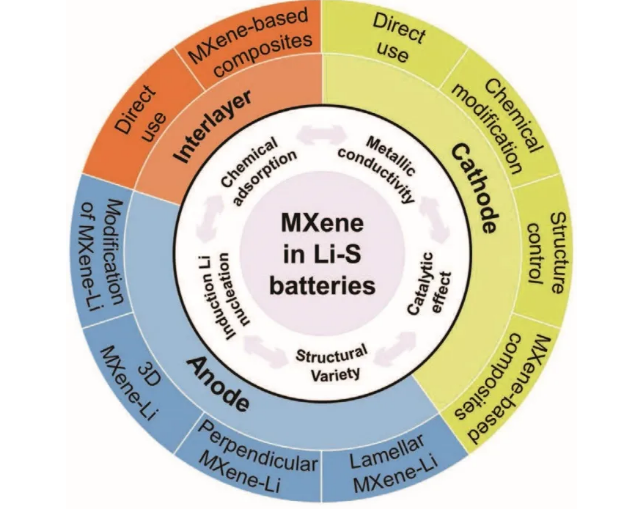
Figure 2 Schematic diagram of the advantages and application of MXenes in Li-S batteries
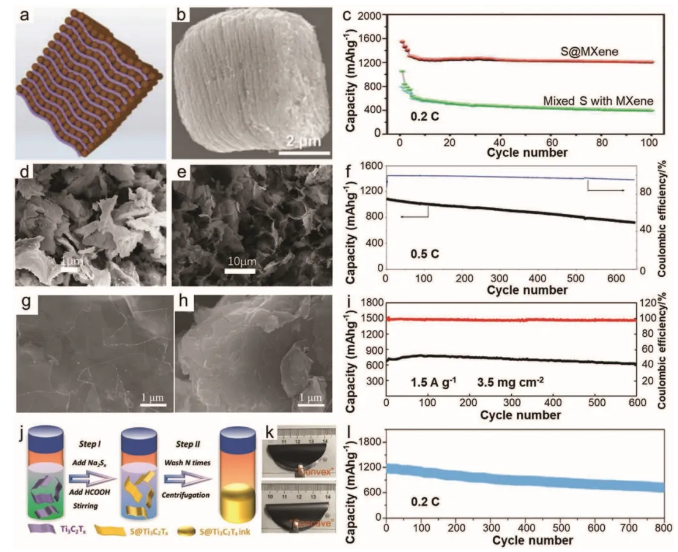
Figure 3 Application of MXenes in the positive electrode
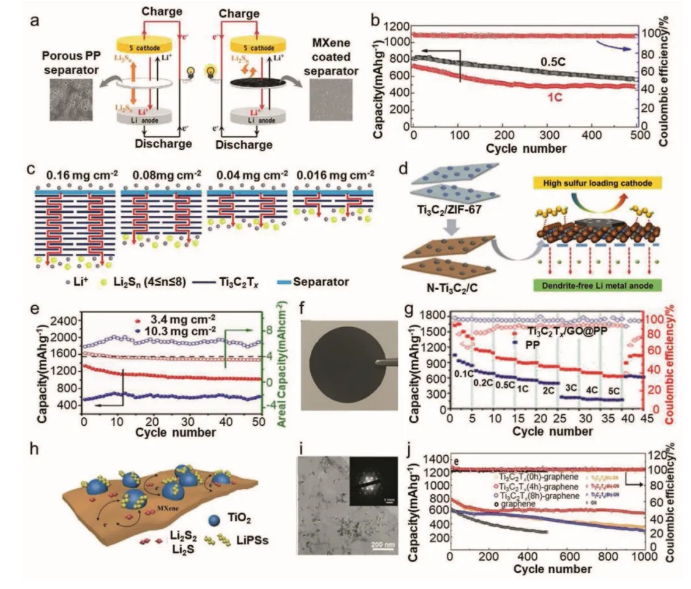
Figure 4 Application of MXenes in mezzanine
Original link:
https://doi.org/10.1002/adfm.202100457

| Reminder: Beijing Beike New Material Technology Co., Ltd. supplies products only for scientific research, not for humans |
| All rights reserved © 2019 beijing beike new material Technology Co., Ltd 京ICP备16054715-2号 |